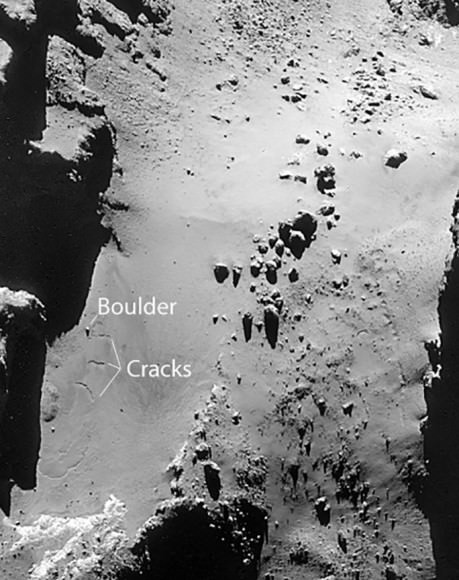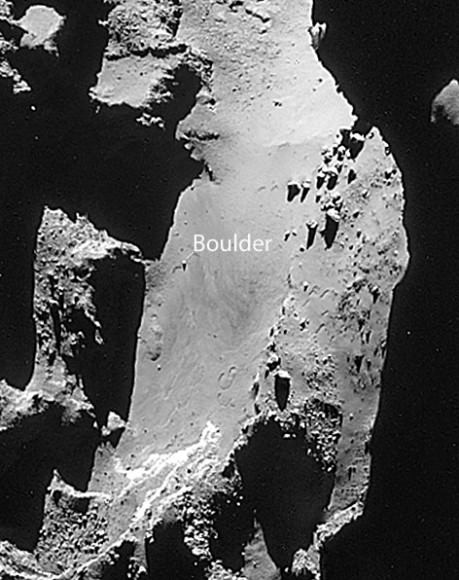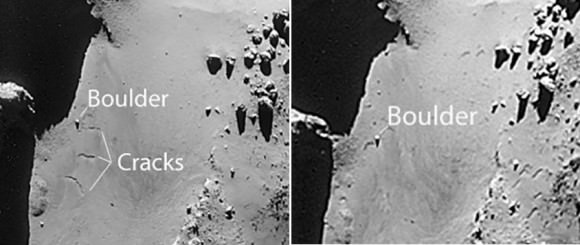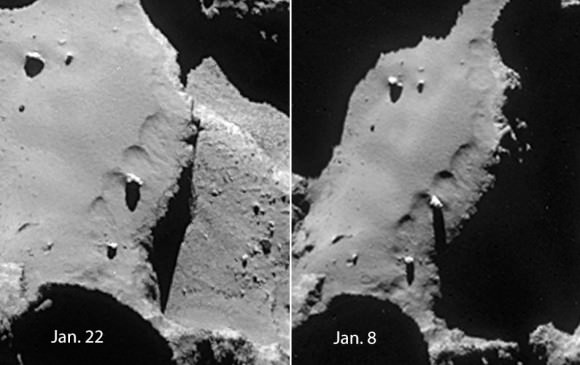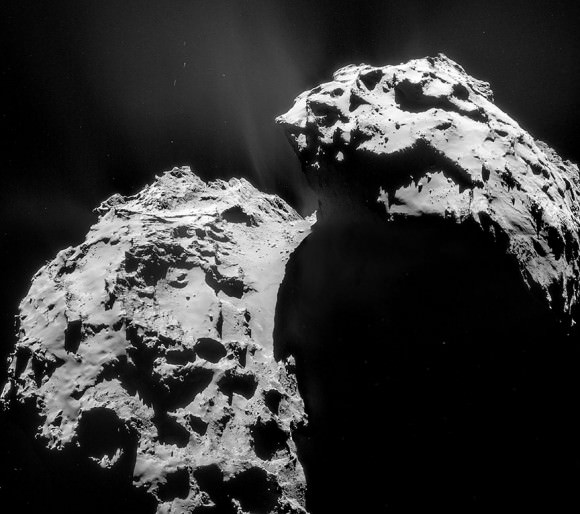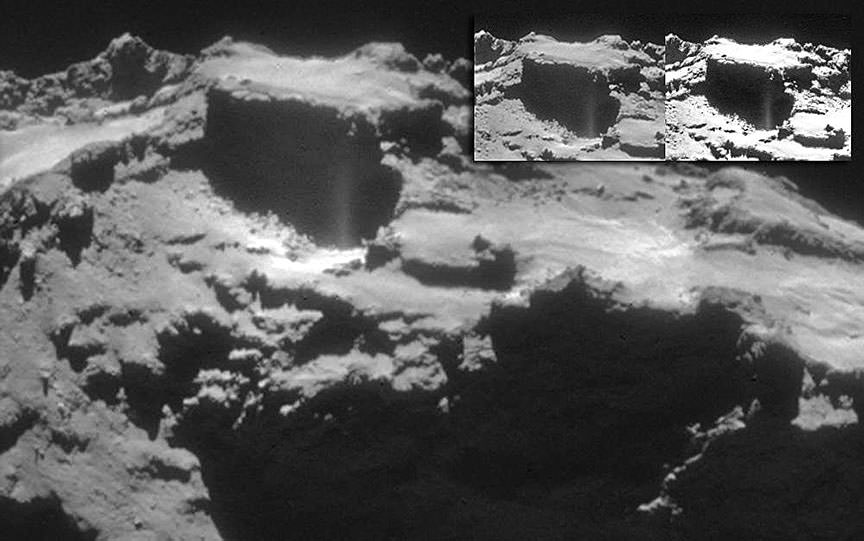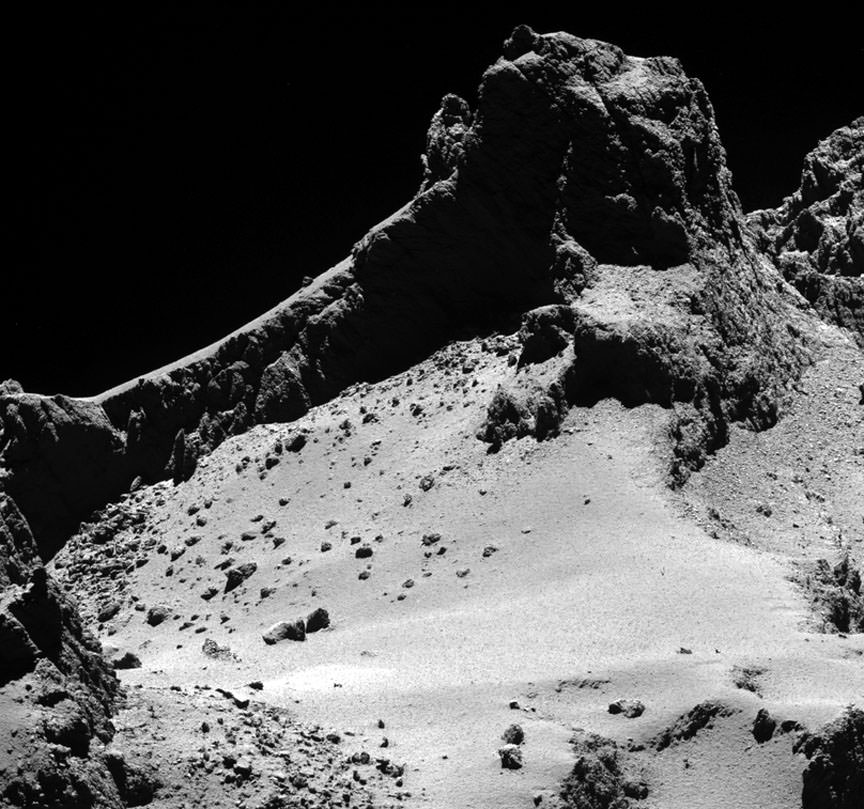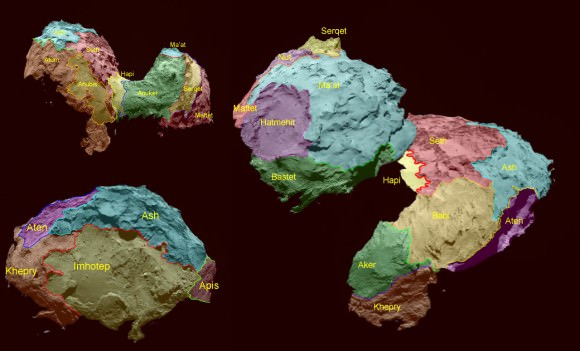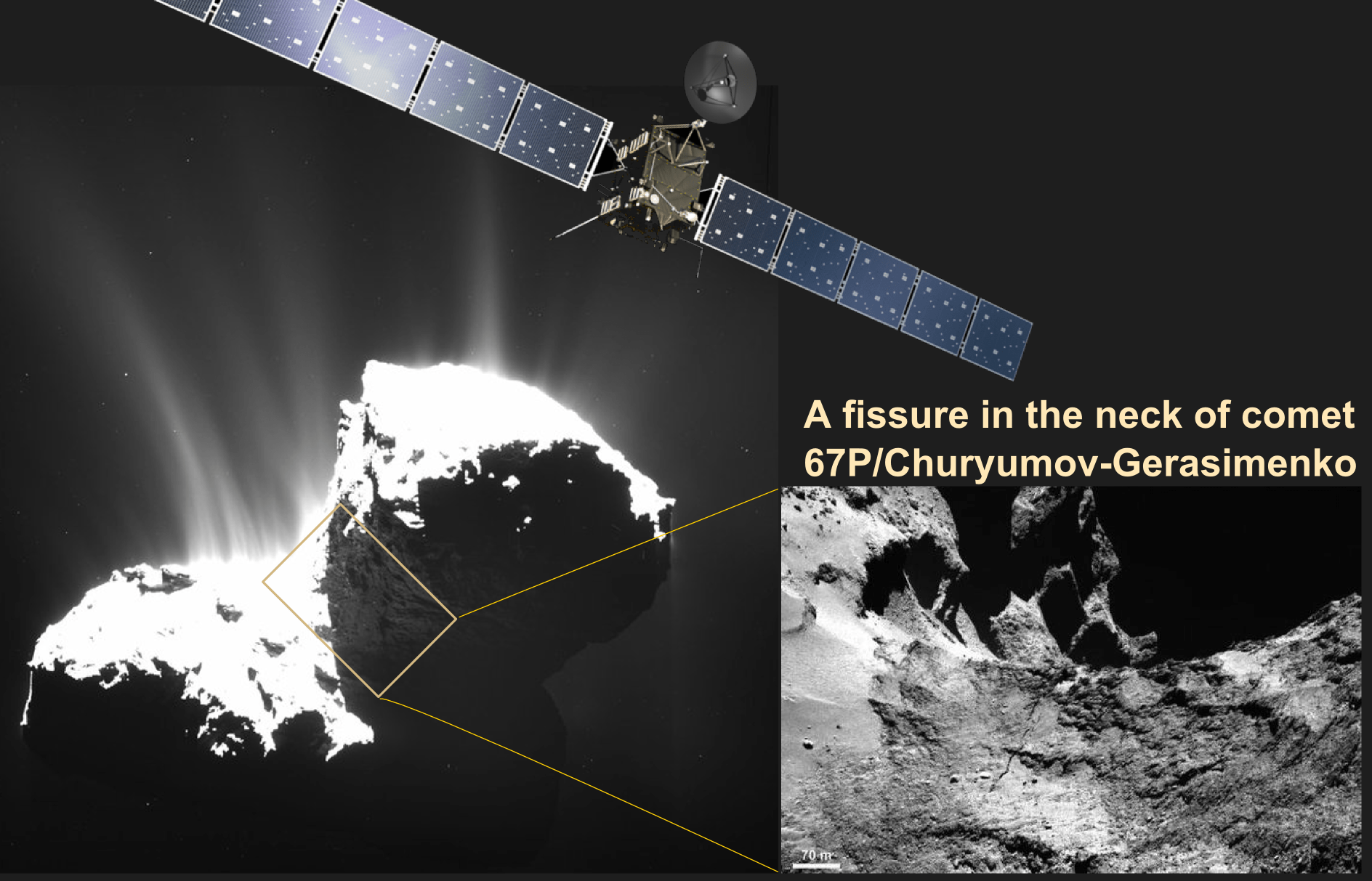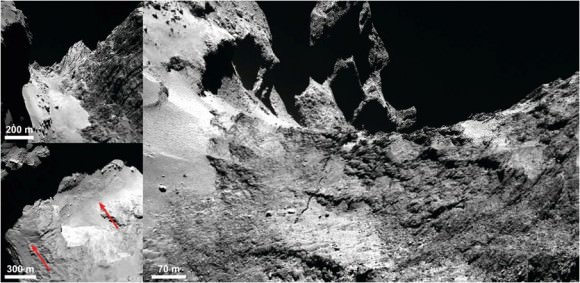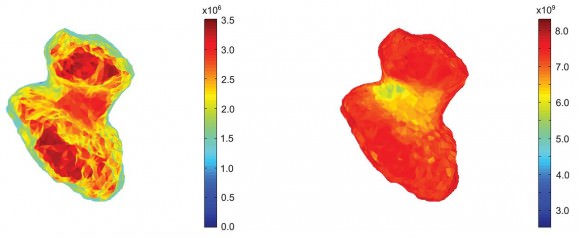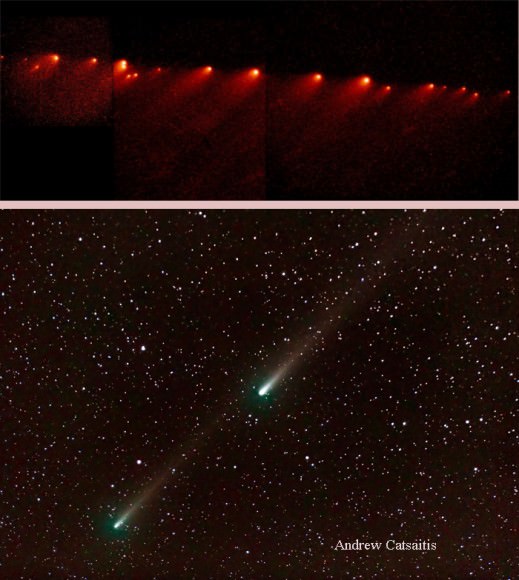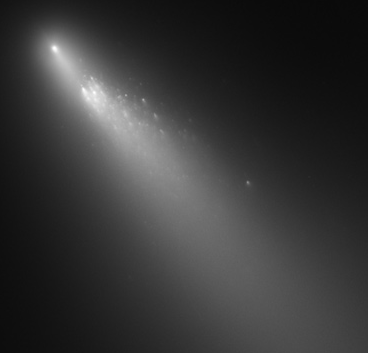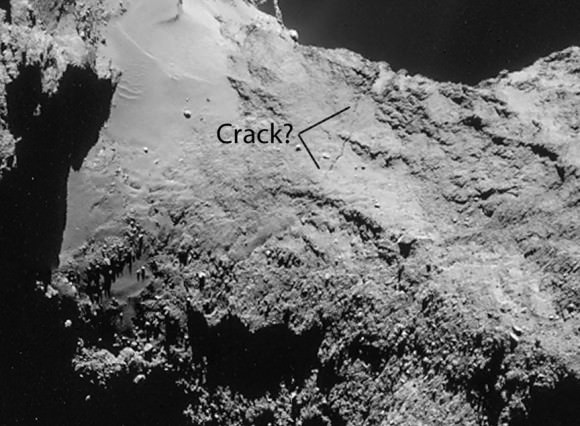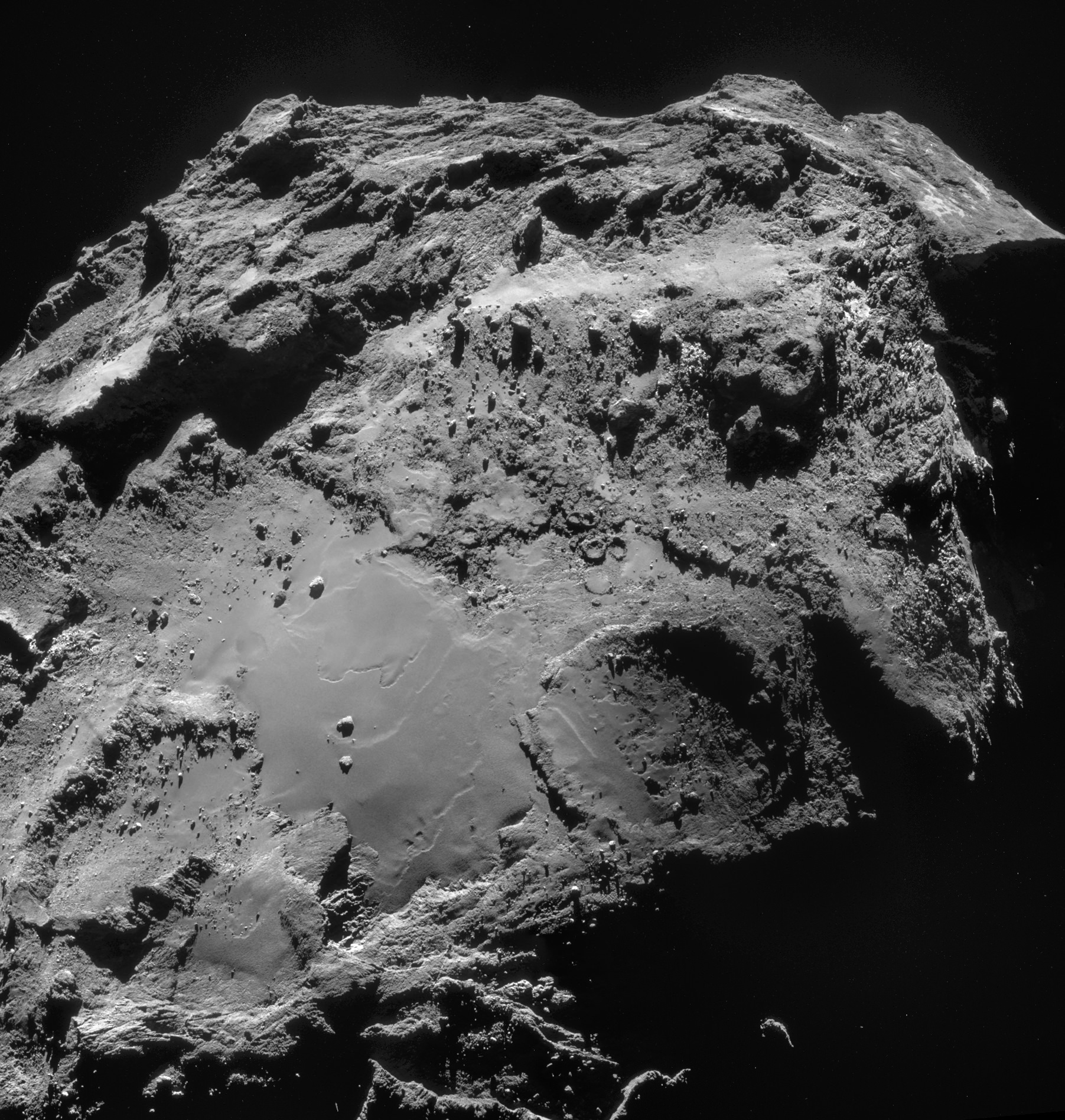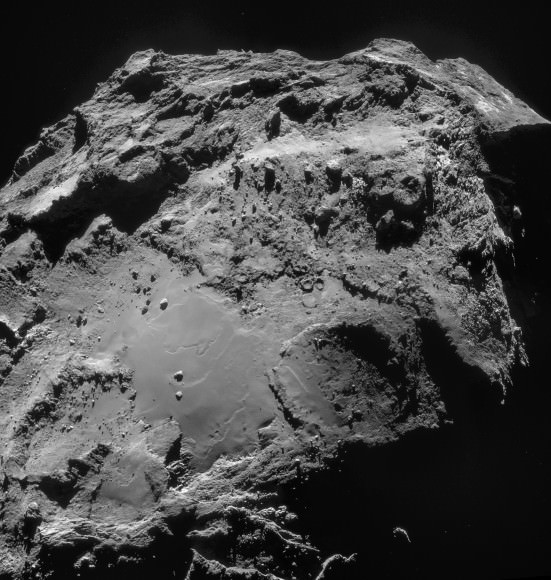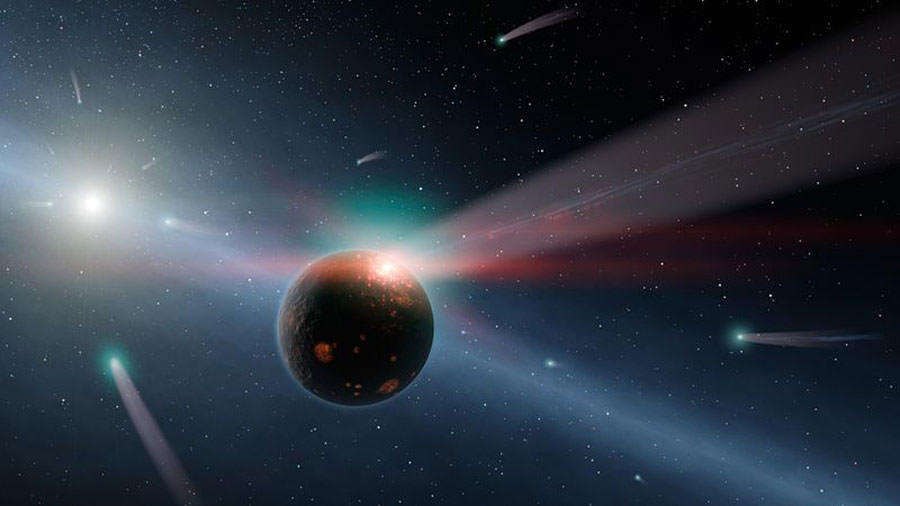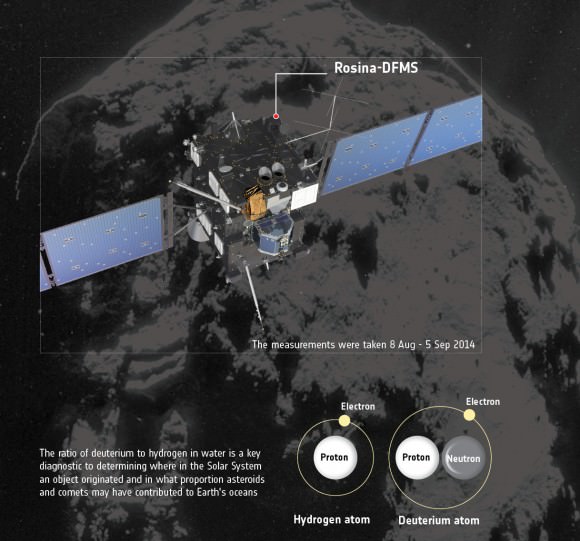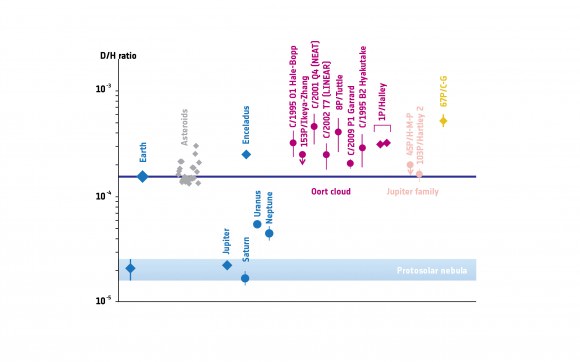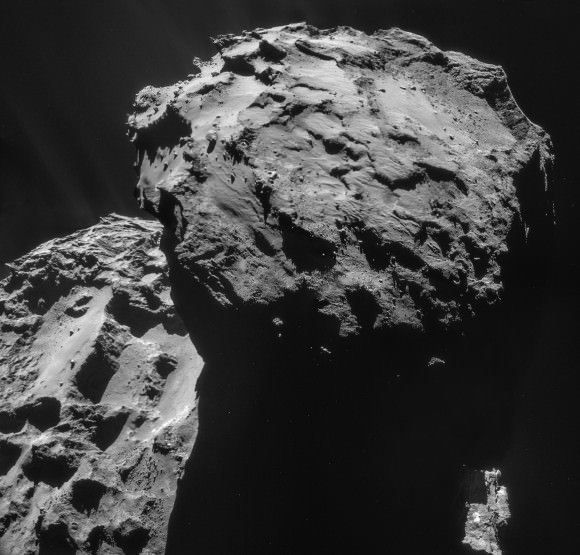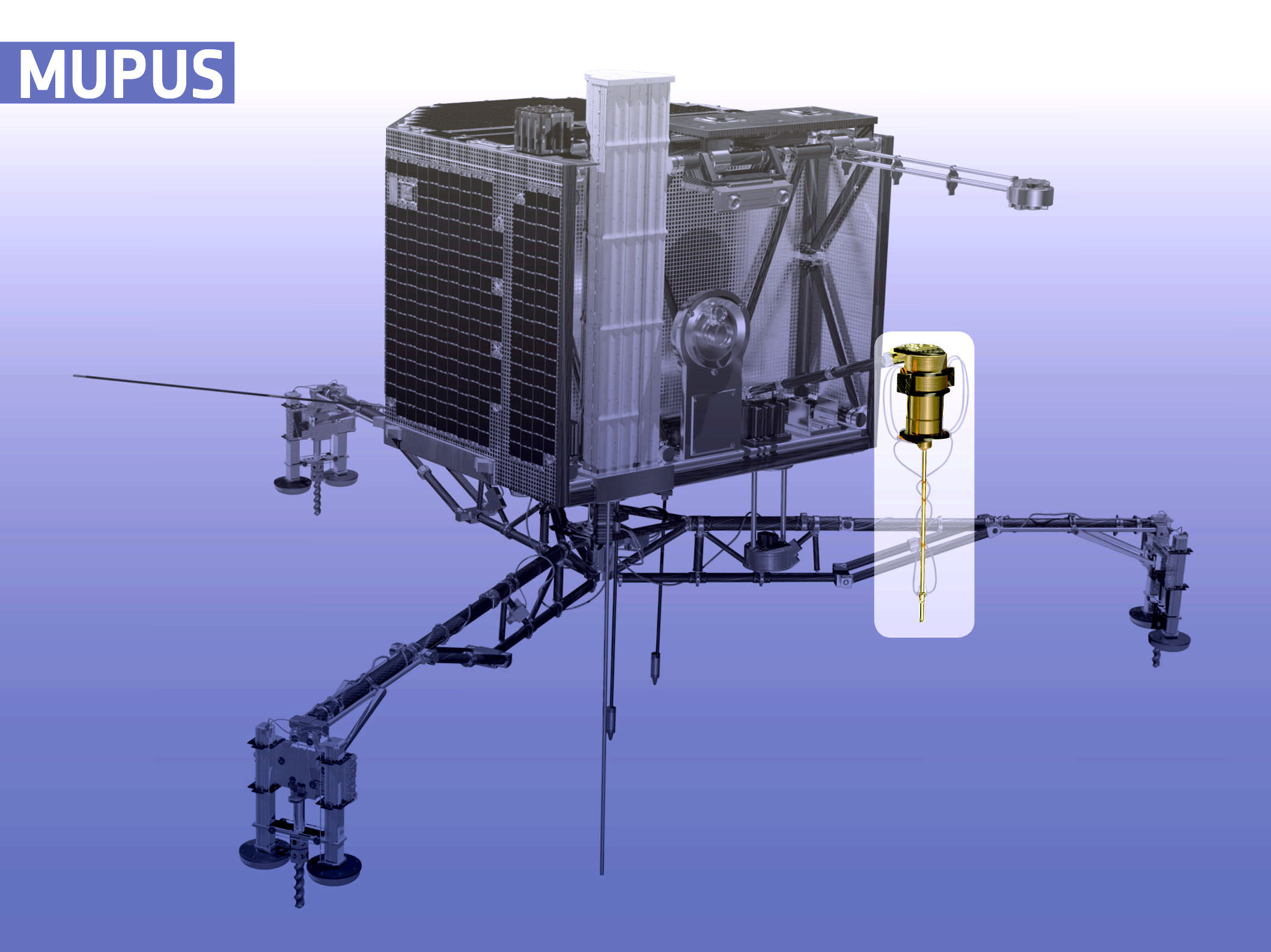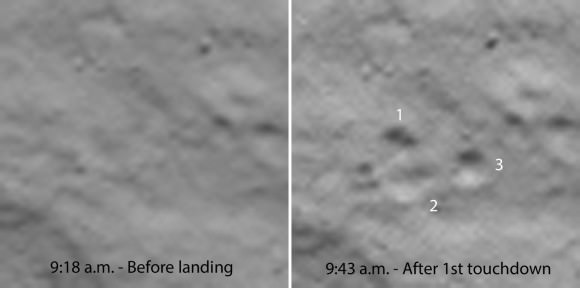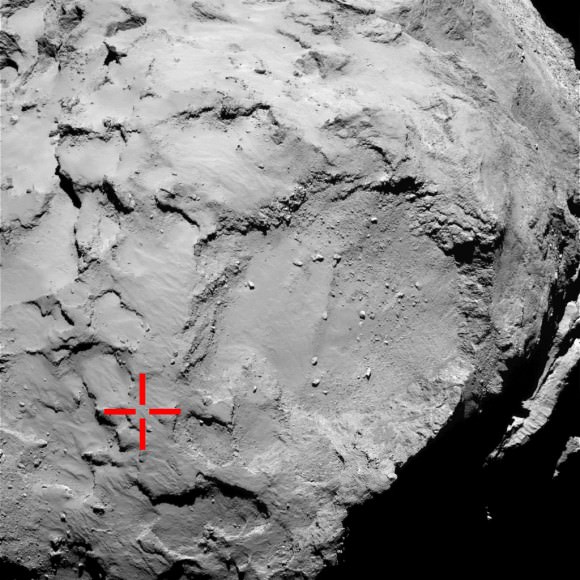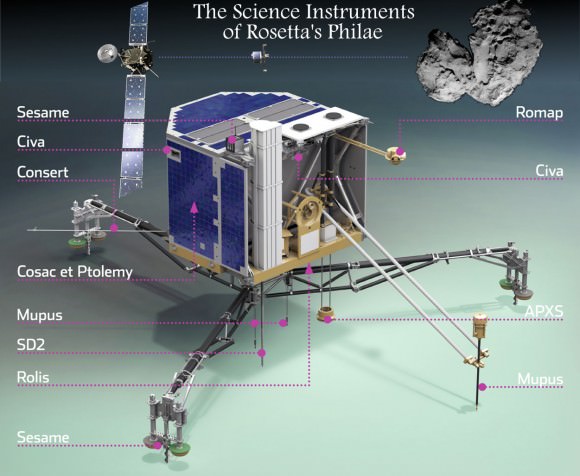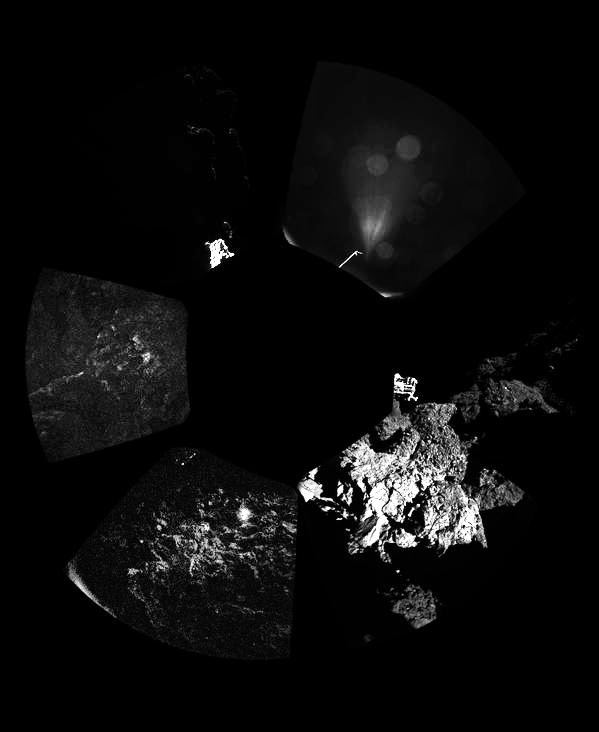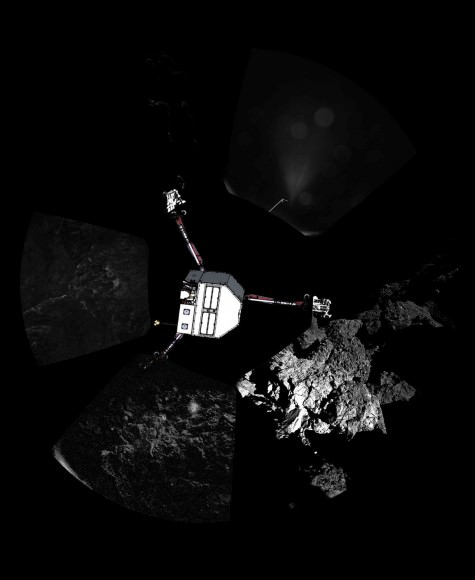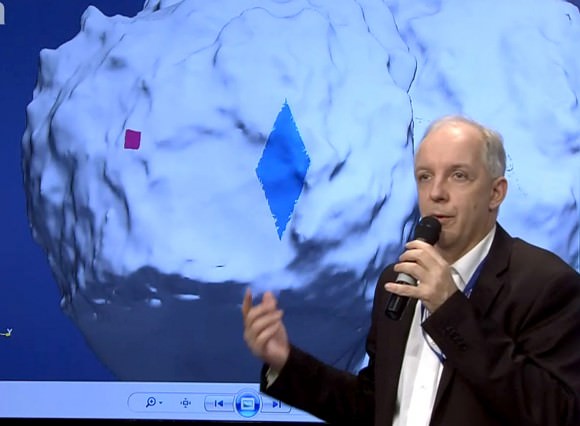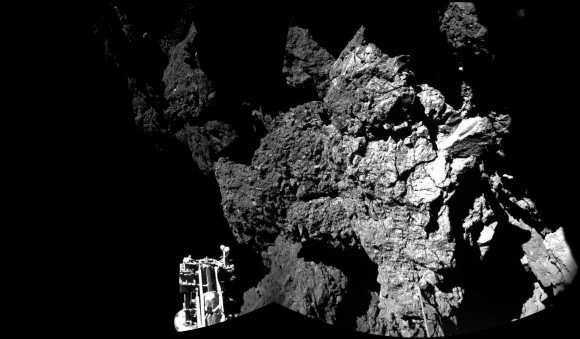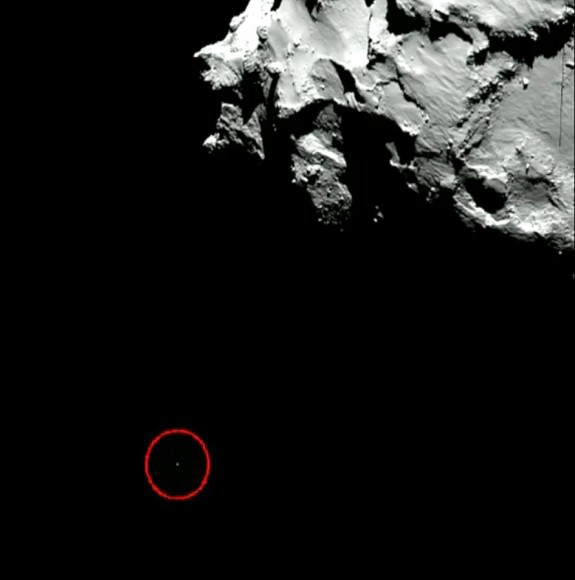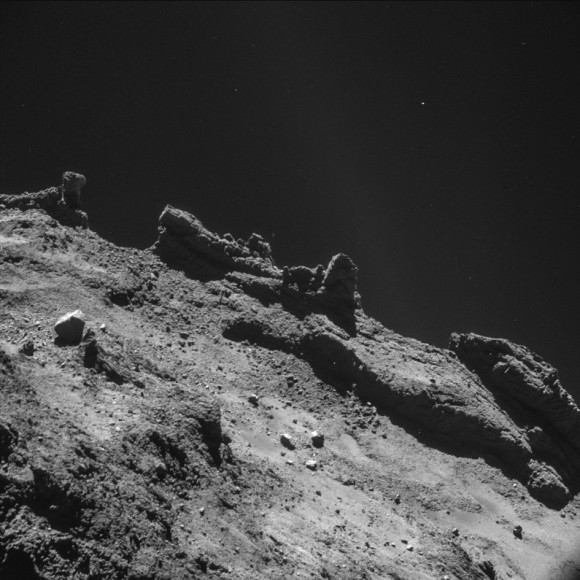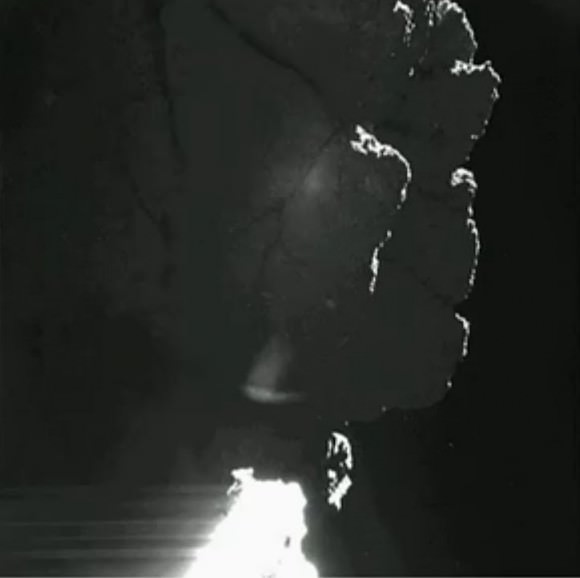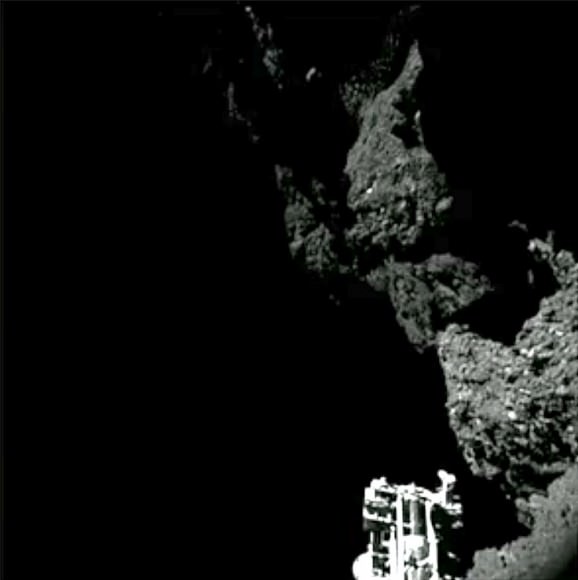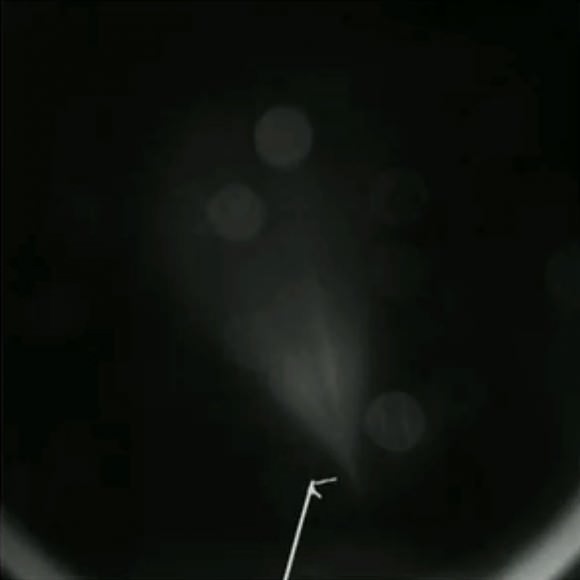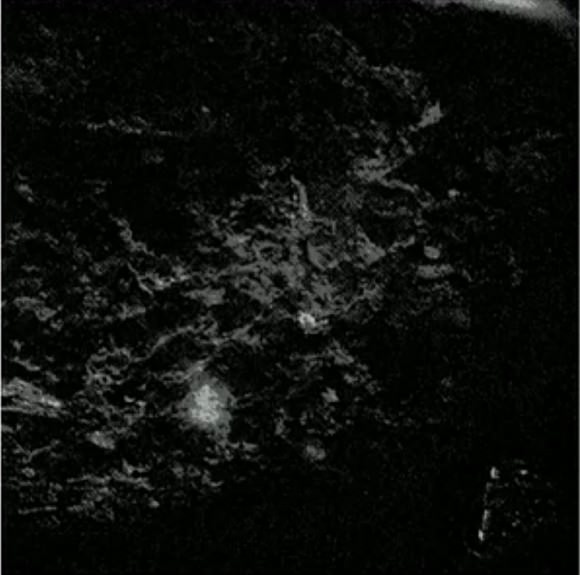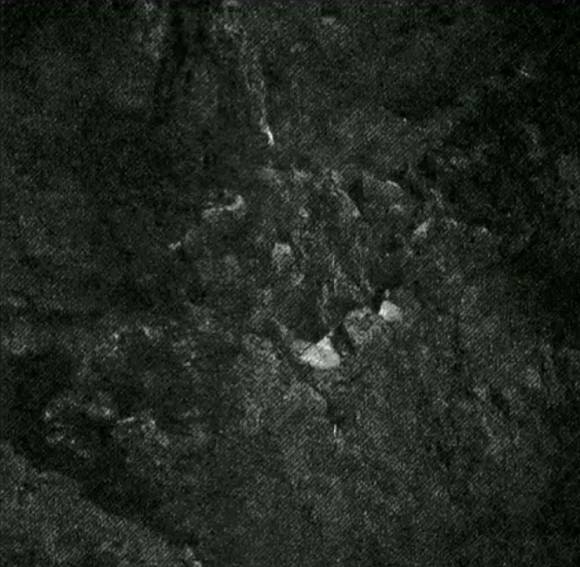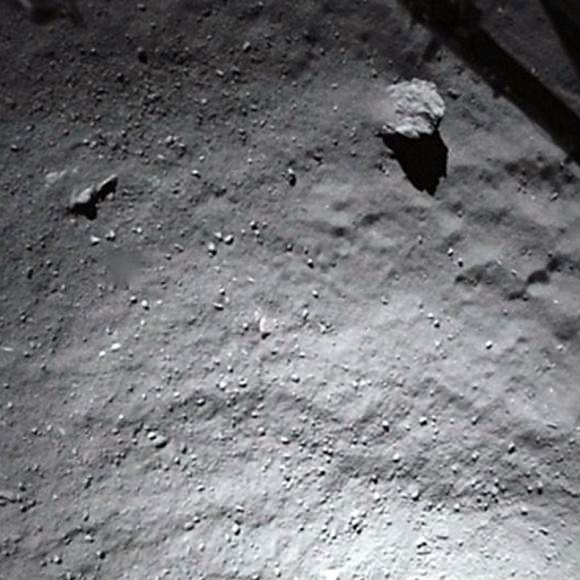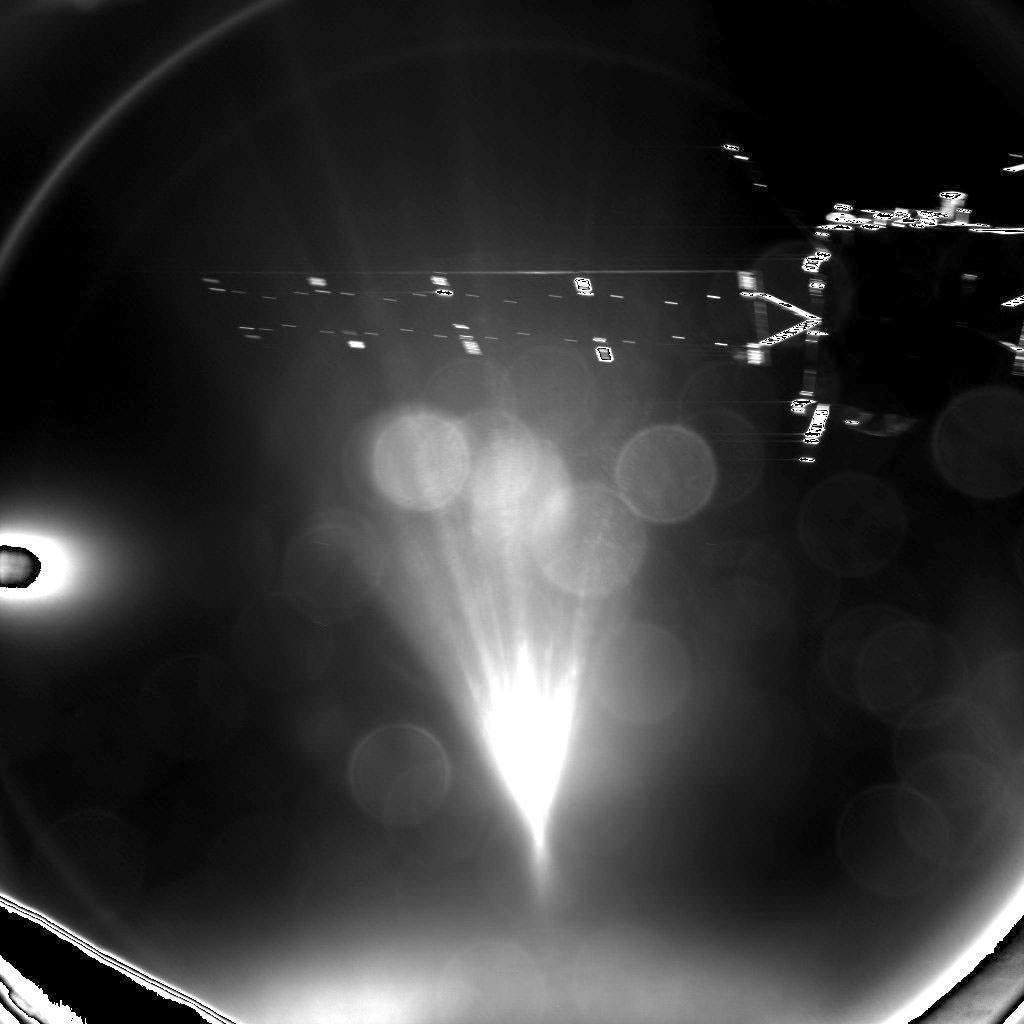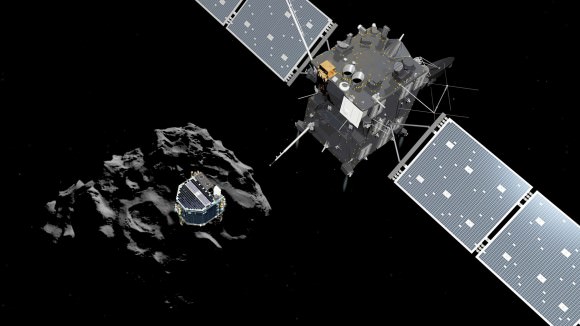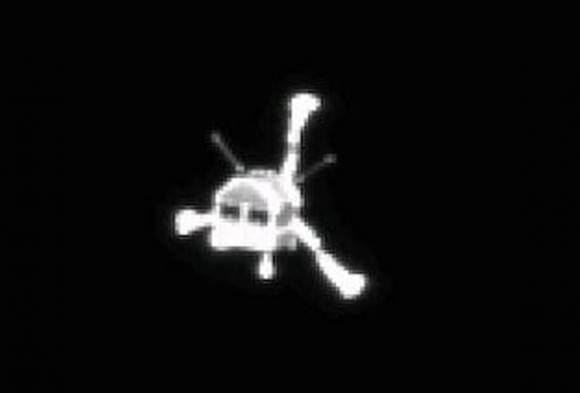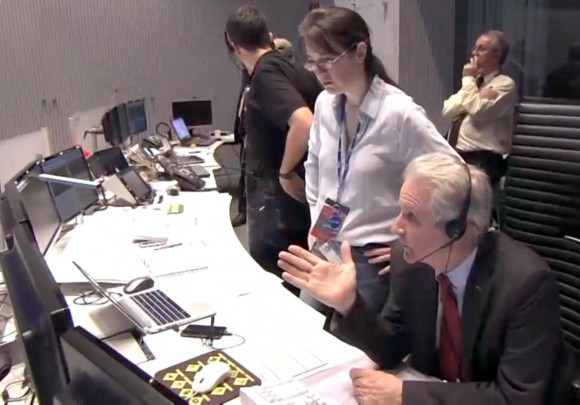I was twelve years old when Columbia disintegrated. Space exploration was not even a particular interest of mine at the time, but I remember exactly where I was when the news came. My dad and I were sitting in the living room of my childhood home, listening to NPR. I don’t really recall how I felt when they broke into our program with the news, but I remember well the two emotions that seemed to permeate the coverage that soon become constant: confusion and sadness. As I watched the almost surreal saga of ESA’s Philae this week, I found my mind wandering back to that day eleven years ago. That confusion rang out was hardly surprising; after all, things weren’t going right and we didn’t know why. But it was the sadness, I think, that drew my mind into the past. Many of the countless people watching Philae’s distress unfold before us weren’t merely disappointed that a decades-in-the-making experiment wasn’t going as planned. The word heartbroken kept springing to mind.
Let me be unequivocal: the loss of a machine, no matter how valuable or beloved, pales in comparison to the forfeit of human life. The astronauts lost on Columbia, like those snatched from us before and since, left behind families, friends, and a grateful world. But, why, then, did it seem to feel so similar to so many people?
“This is legitimately upsetting” a friend and colleague texted me on Friday as it became clear that the tiny lander’s batteries were beginning to run dry. She was far from alone in her sentiment. Across Twitter, people from around the world seemed to be lashing out against the helplessness of the situation.
https://twitter.com/asamsaktha/status/533700062673928193
And, in conversations I had with other scientists at the 46th annual Division for Planetary Sciences meeting in Tucson, AZ this week, people seemed almost mournful at the prospect of the lander’s loss. These same researchers had laughed and cheered just days earlier when shown the crater made by NASA’s LADEE spacecraft upon its crash into the lunar surface.
The questions in my mind are numerous. What’s the cause of this inequity? Why do we seem to latch onto certain spacecraft and blithely ignore others? What is it that makes us become emotionally attached to machines in the first place?
In part, I think, our attachment comes from the unprecedented view offered to us by social media. In 1990, an event not so dissimilar from this one beset NASA’s Galileo spacecraft. Flying by the Earth on its way to Jupiter, Galileo had just attempted to unfurl its main antenna, a maneuver critical to the mission’s success. In mission control, they received the bad news: the antenna was stuck. But, the world did not break down in despair. In the days to come, stories would appear in newspapers and on the nightly news, but a world where even email was in its infancy lacked a means for the average citizen to follow along with every detail.
Nineteen years later, this would not be the case. As soon as it became clear to those in ESA headquarters that something had gone very wrong during Philae’s descent, we all knew. And, as data began to trickle in about one bounce off the surface and then another, we all cringed. When the last power drained from the lander’s batteries, we followed along, one volt after another. Philae may have been the pride of the ESA scientists and engineers who designed it, but it felt like it was ours.
But, it didn’t feel like ours in the way that a car or a plane or even a space station does. It felt like our friend. No doubt, this can be directly linked to the first person point of view employed for its Twitter account. Instead of the @Phillae2014 account reporting “the Ptolemy instrument has made a measurement,” we get “I just completed a @Philae_Ptolemy measurement!!” It seems like a small change, but it opens up a whole new world of connection with this distant traveler. At no time was this clearer than when things started to go wrong.
How poignant is that? Two travelers talking to one another from across the solar system. But, as Philae’s time began to wind down, the messages tugged even more urgently on our heartstrings.
And, it all pales in comparison to the way China’s Yutu rover signed off when it looked like a malfunction might cause it to freeze to death on the Moon (original Chinese, CNN translation):
… my masters discovered something abnormal with my mechanical control system. …I’m aware that I might not survive this lunar night…
The sun has fallen, and the temperature is dropping so quickly… to tell you all a secret, I don’t feel that sad. I was just in my own adventure story – and like every hero, I encountered a small problem.
Goodnight, Earth. Goodnight, humanity.
Talk about heartbreaking.
This personal point of view combines particularly effectively with landers and rovers. These craft seem more human than ships like Cassini or Galileo, with their silent glide through deep space. When something goes wrong with a surface explorer, as it did with Philae or Yutu, it plays on our deepest fears. Every time we’re lost, the little voice of panic begins to creep into our thoughts: “what if this is the time that I can’t get back?” Reading the “thoughts” of a tiny spacecraft, lost and alone and confused, puts us right there ourselves. As mission controllers edged towards desperation in their attempts to save the stricken explorer, we knew how that delirious urgency felt. Our attachment becomes almost unavoidable.
So, what does this all mean? I think it’s a clear signal that people are engaged by the exploration of space. When it comes to us in the right way, on our terms, it’s a big hit. By anthropomorphizing these robots, we humanize the science that they do. Suddenly a machine more than 500 million kilometers away becomes more relatable than the scientists next door who control it. Perhaps ESA, NASA, and other space agencies can extend this relationship even further. Rather than springing to “life” upon liftoff, spacecraft can share with us their view of the entire process, starting not from space, but from the first drawings on an engineer’s blackboard.
One thing’s for sure, though. A relationship like that won’t make times like these any easier to handle.
